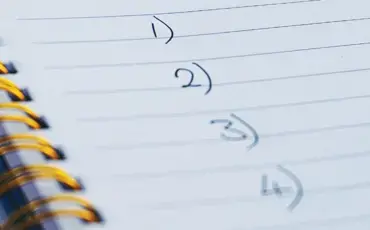
How is HM Land Registry adapting in response to the coronavirus?
The property market has been heavily impacted by the nationwide ‘lockdown’. With mortgage lenders pulling products and estate agents and surveyors not being able to visit properties, the progress of ongoing and new transactions have taken a hit.
HMLR might have been overlooked in the media, but as anyone who has purchased or sold a house knows, they are an essential part of the conveyancing process. As a result, HMLR has had to adapt fast to the current circumstances as property professionals are reliant on their services.
HMLR have stated that their aim has been to ensure that the essential transactions continue and they are hoping to have all staff equipped with the software and equipment they need to carry out their daily activities by the end of the month (from the current level of 50-60% staff).
This will help conveyancers to progress post completion matters to prevent a backlog of work in later months and also assist in progressing ongoing cases where responses from HMLR may be awaited. They are also hoping to restore their telephone service in a few weeks, which has always been a quick and efficient service to assist professionals with their queries.
HMLR’s response to COVID-19
Some of the ways in which HMLR have adapted their services during the current crisis include:
Extending the time limit to downloading applications to 90 days from the previous 30 days.
Extending verification of identity to a range of other professionals, some of which include medical doctors, dentists, police officers, retired conveyancers, chartered legal executives, solicitors and barristers.
Identity verification can now be done through video call, subject to the guidance issued.
Allowing the ‘Mercury signing’ approach for the signings of deeds.
What is the Mercury signing approach?
The Mercury signing approach is where a full copy of the deed is emailed to the client, who then needs to print the signature page only to sign in the presence of a physical witness.
The client then sends an email to their conveyancer with a full copy of the deed (as originally sent to them by their conveyancer) attached with a PDF or JPEG of the signed signature page.
The conveyancer can then use this for registration by combining the final agreed deed and the signature page into a single document.
For more information on what this update from HMLR may mean for you, contact our team today.

Share this article

















